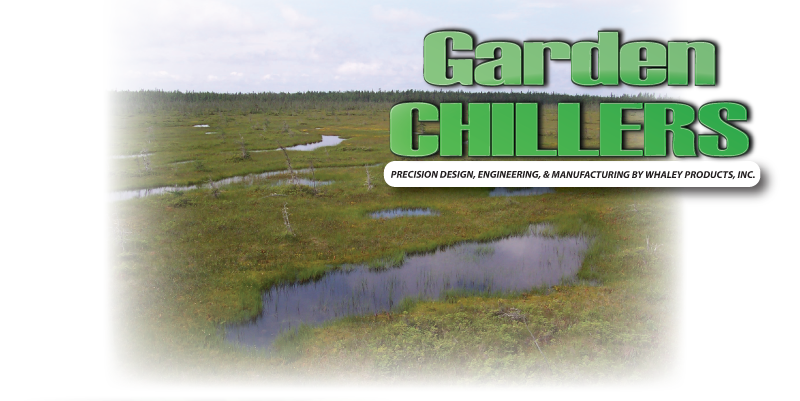Garden Pond Plants
Garden plants can come in a variety of different forms. Five popular choices are bog plants, floating plants, water lilies, lotus plants, and submerged aquatic plants. These types of plants do not include decorative land plants, trees, vegetables, or herbs.
Bog plants are found around the edges of water sources. Because of their location, some growers call them “marginal” plants. Bog plants grow in shallow waters and love wet, muddy areas. Bog plants can grow in different temperatures, including winter weather. Tropical bog plants must be brought in to warmer climates.
Floating plants and submerged aquatic plants are similar. Floating plants grow near or on the ponds surface. They cool water down and provide shelter for aquatic animals. Floating plants do not require planting because they sit on top of the water. Floating plants do not do well in cold environments, because they are fibrous. Submerged plants aid ponds by cleaning water, lowering algae growth, and provide oxygen for both plants and animals. Plants should be submerged at least a foot deep. The plants must be covered completely to not be dried out.
Water lilies and lotus plants are extremely popular among creators. Both flowers produce exotic bulbs of various colors. Water lilies can grow too many different sizes. Water lilies die in the winter and come back in the spring. They open in the morning and close in the afternoon. Blooming in the summer and sometimes fall lilies require lots of sun. Lotus flowers have been around for millennia. Lotuses are normally pink or white hued. The roots unlike lilies are planted in the soil and leaves are on the surface.



